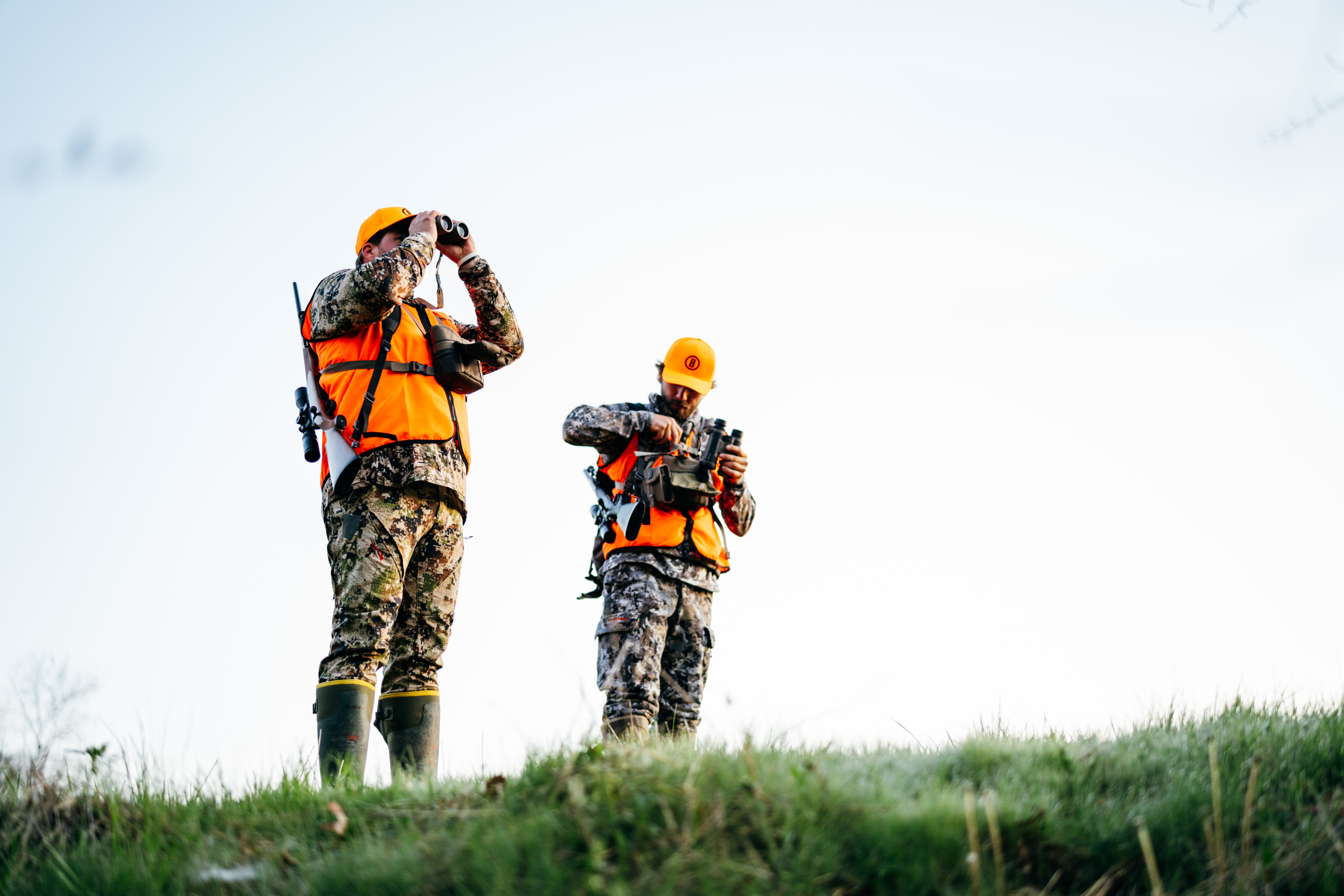
Riflescopes FAQ
Your riflescope needs to be focused only once-for YOUR eyes. If another shooter uses your scope, it must be refocused for their eyes. The following steps will assist in the proper focusing of your riflescope with a traditional style focus ring. If you have a scope with a fast-focus eyepiece, skip steps 1, 2 and 9.
- Grasp the knurled eyepiece lock ring and loosen it by turning the eyepiece counterclockwise.
- Turn the lock ring clockwise for about five turns.
- Look through the scope at a bright background such as the sky or a well-lighted wall. (Never look at the sun!) Focusing is easier with the scope mounted on a rifle or some firm object.
- Turn the eyepiece, counterclockwise, until the reticle appears slightly blurred.
- Turn the eyepiece, clockwise, until the reticle comes into focus.
- Look away from the scope for a few seconds. Then look back quickly through the scope. If the reticle appears sharp and clear the instant you place your eye to the scope, the focus has been properly set for your eyes. Try this several times.
- If the reticle appears fuzzy or requires a little time to come into sharp focus, further adjustment is needed. Turn the eyepiece clockwise another full turn and repeat STEP 8.
- Keep doing this until the reticle is sharp the instant you put your eye to the scope.
- When satisfied with your focus, tighten the lock ring against the eyepiece firmly.
Proper mounting is best performed by a professional gunsmith or experienced hunter. For detailed instructions feel free to contact our customer service department via E-Mail or phone (800-423-3537), or contact your local gunsmith.
As convenient as vehicle storage may be, it can also be detrimental to your scope. Closed vehicles retain very high levels of heat. This intense heat could adversely affect the lubricants and sealants in your scope. Another danger comes from the constant vibration of a traveling vehicle as it can loosen your mounts and affect the zero point of your rifle.
Three things will determine light transmission: The glass used in the lenses. The use of an anti-reflective lens coating. Effective use of the lenses in the scope.
With proper care, your scope should last you a lifetime. When cleaning the lenses, reasonable precautions are necessary. Dry dirt and dust can be removed by air blast or with a soft brush. Fingerprints and lubricants can be wiped off with an eyeglass tissue or a cotton swab and a mild soap solution. Use the lens covers supplied with your scope whenever convenient.
None, with proper care and mounting, your scope should last a lifetime. Due to the unique internal seals and special lubricants, your scope can maintain a dry gas atmosphere to prevent fogging of the lenses in any conditions. No lubricants or solvents are required to preserve mechanical function.
None, with proper care and mounting, your scope should last a lifetime. Due to the unique internal seals and special lubricants, your scope can maintain a dry gas atmosphere to prevent fogging of the lenses in any conditions. No lubricants or solvents are required to preserve mechanical function.
The following tips can help even the best hunters odds:
- A variable power scope should be set to its lowest power for fast target acquisition. High powers should be reserved for long-range, controlled shots.
- Lens caps provide good protection in foul weather by should be removed when stalking or still shooting to save time in snap shooting situations. Take off transparent or tinted covers to avoid image distortion. Bushnell optics are recessed to avoid lens contamination with lens covers removed.
- Using a Bushnell Bore Sighter is recommended after any fall or mishap to assure the zero point of your rifle.
- Storing your rifle and scope overnight in outdoors will help avoid external fogging of optics. In extreme cold, cycle the action a few times to loosen it up prior to returning to the hunt.
